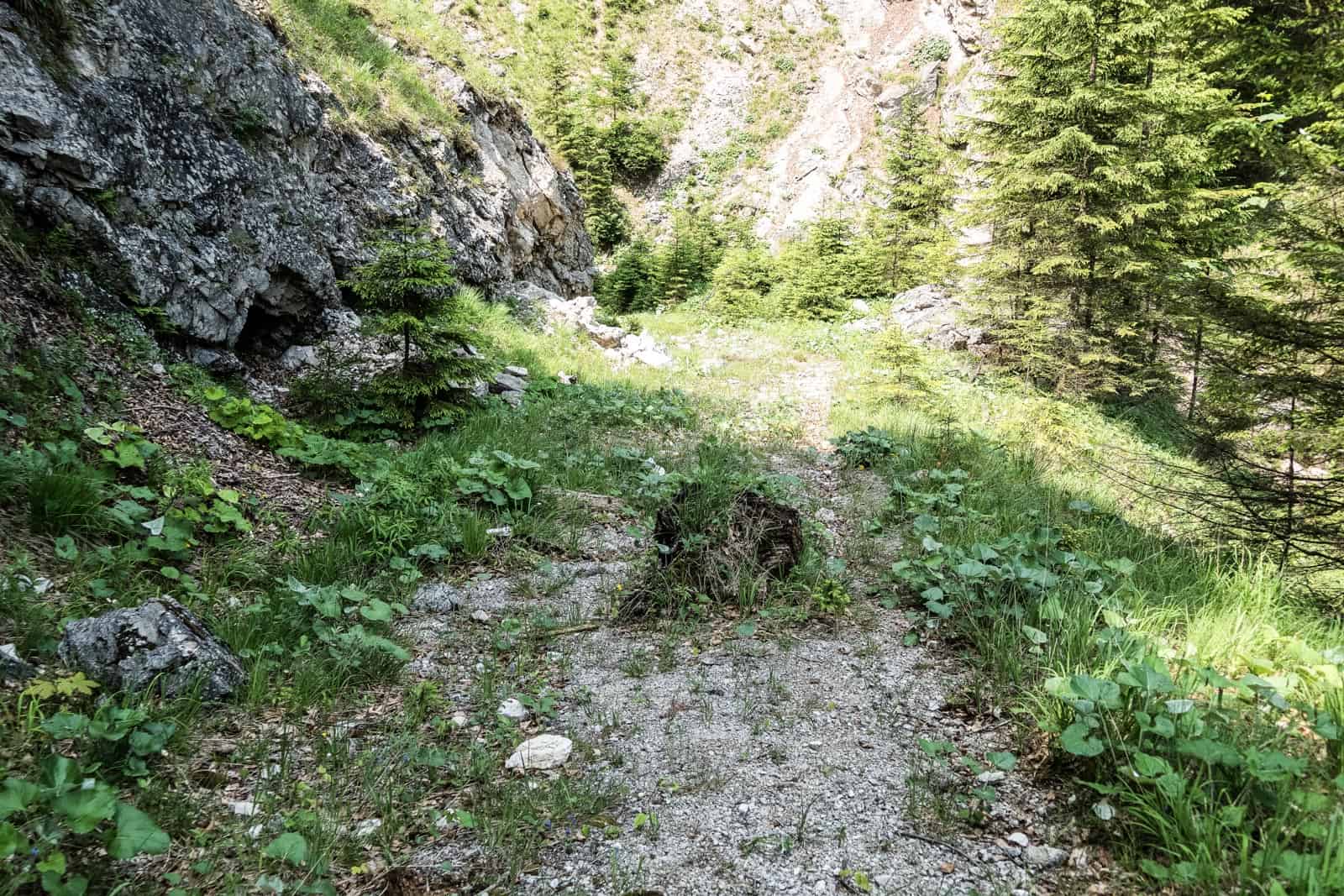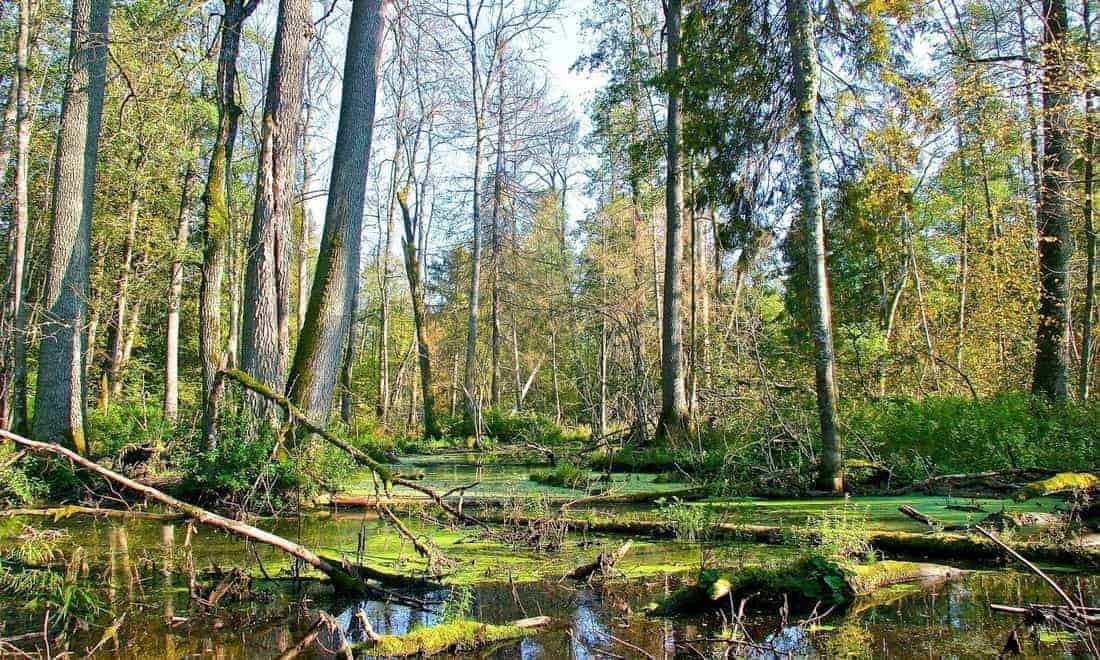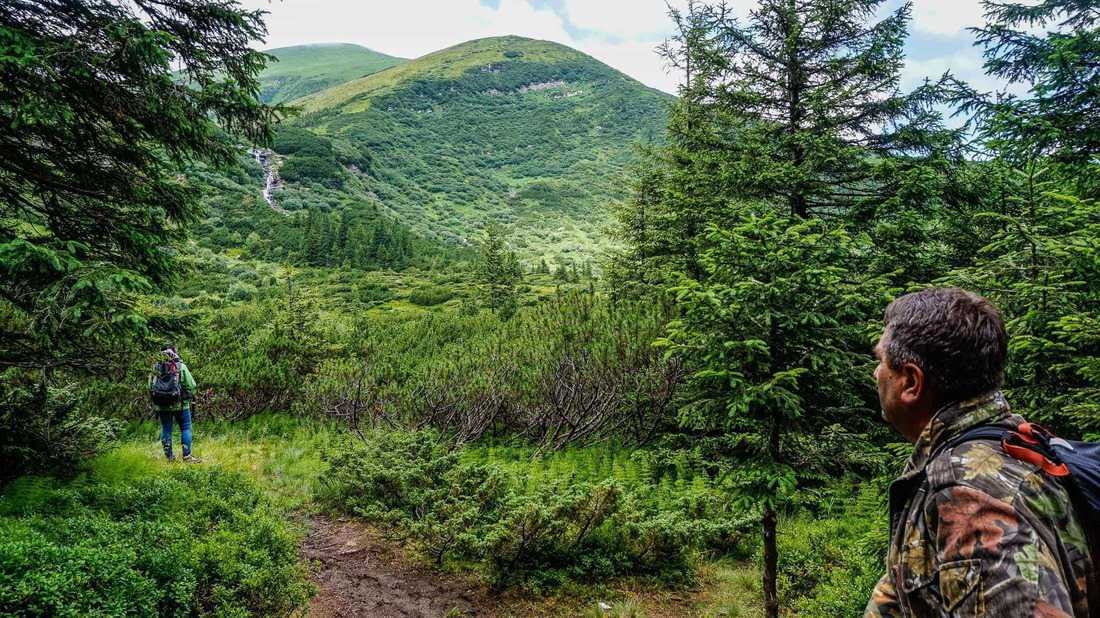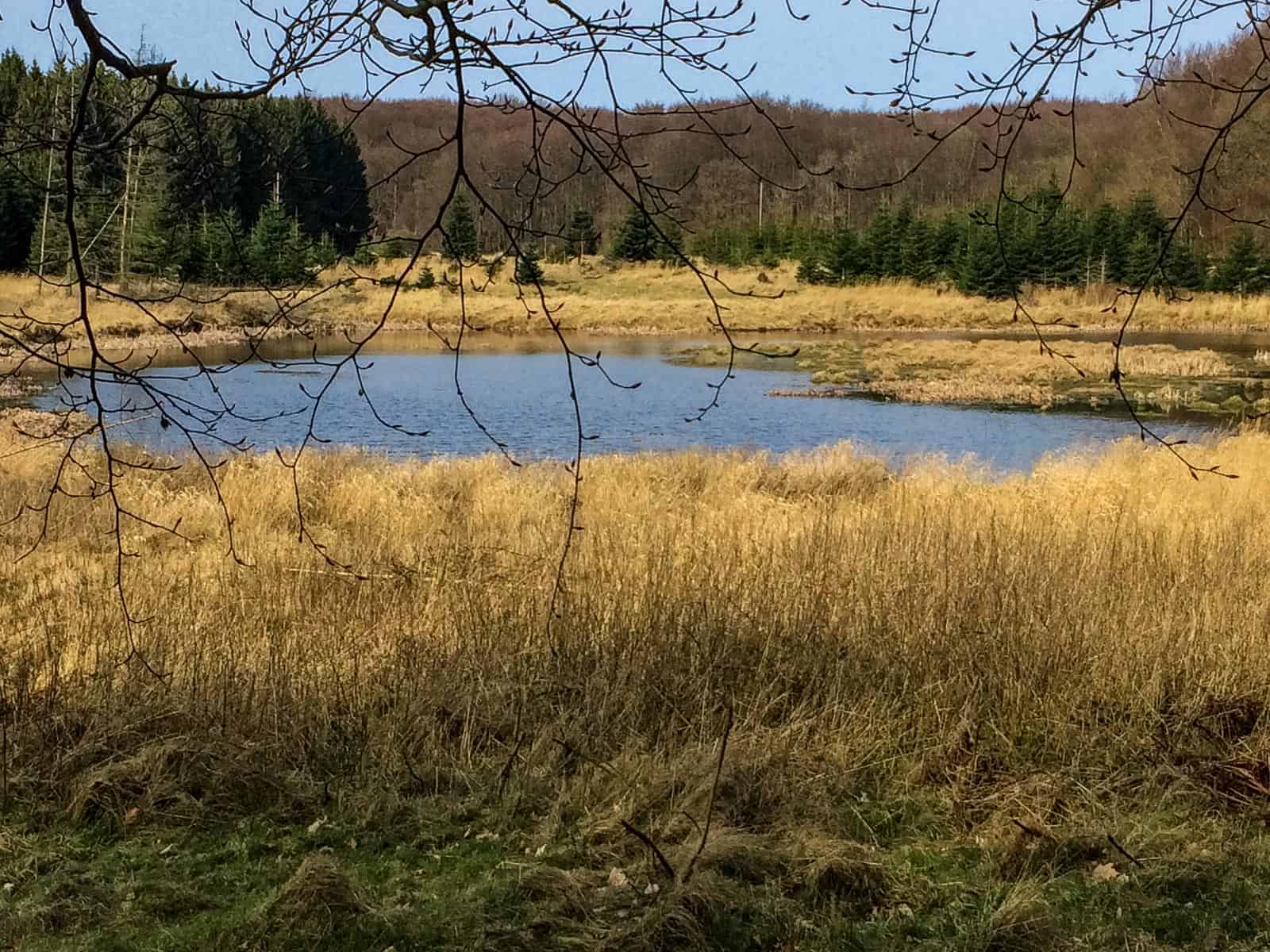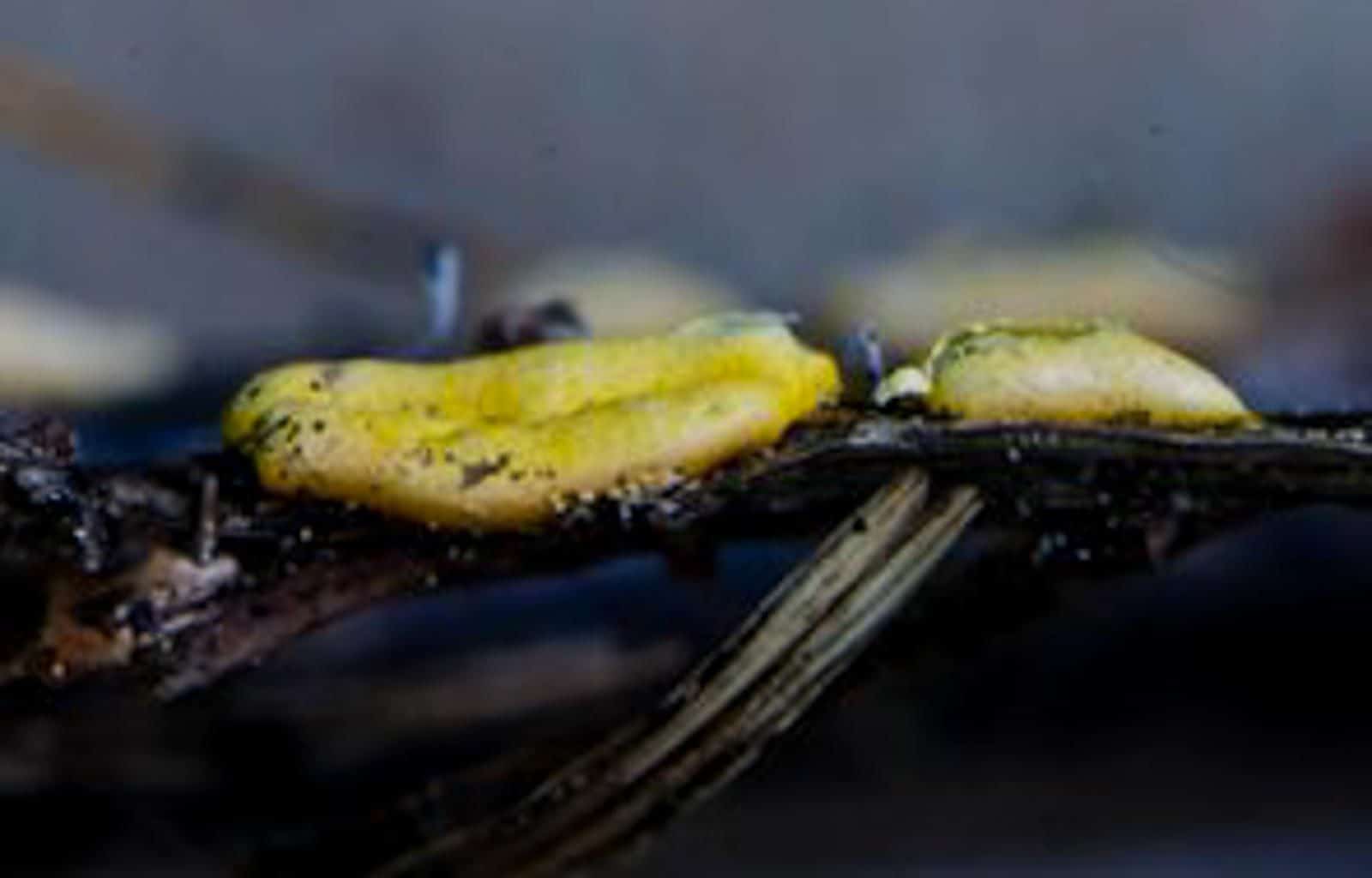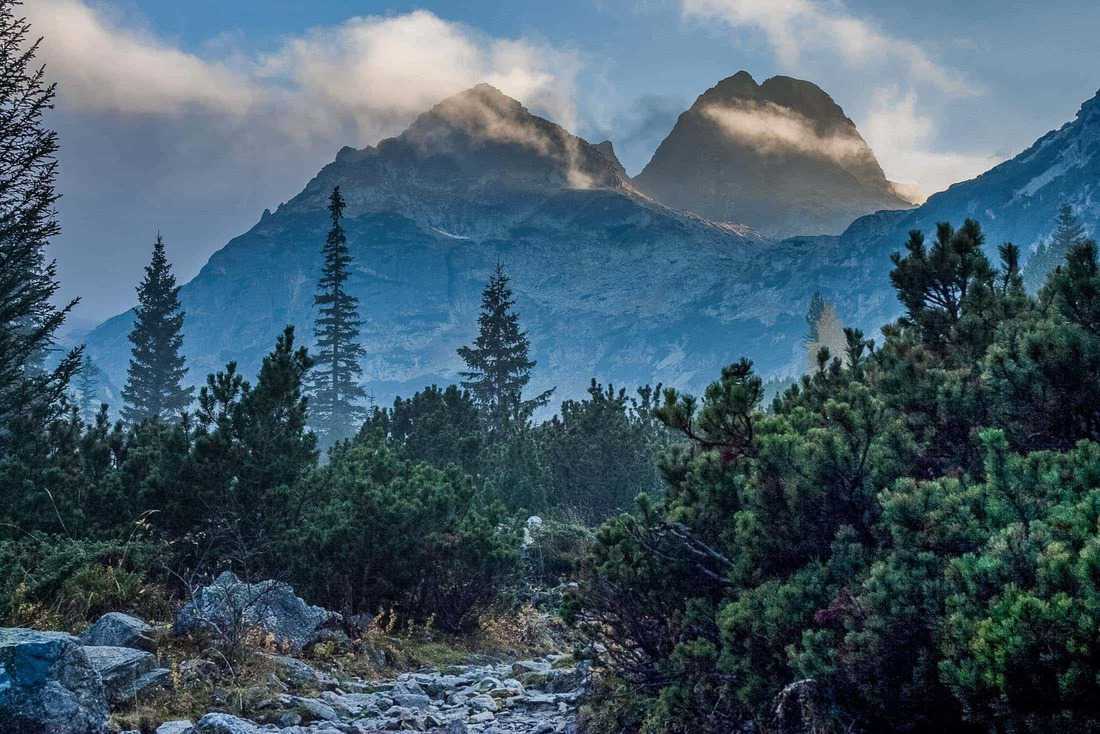Re-wilded roads in Kalkalpen Wilderness
Kalkalpen Wilderness has re-wilded many kilometres of forest gravel roads. It is a good example for many other potential Wilderness areas how to tackle this challenge. The 13 034 ha Kalkalpen Wilderness is embedded in the Kalkalpen National Park, Austria. Kalkalpen National Park is a large protected area, located in the north-eastern Limestone Alps in Upper Austria. As a result, it is a colourful mosaic consisting of pristine forests, hidden gorges and untouched mountain streams.
The long-term vision of the Kalkalpen Wilderness is to protect dynamic Wilderness. When the park was created, it inherited 310 kilometres of forest roads. Since then, the park is showing how to deal with this challenge. Step by step, it is moving to reach its vision. That is, 75% of the national park area will reach the Wilderness standard.
Please also read: Kalkalpen Wilderness Audit
Inherited infrastructure
The Kalkalpen National Park has inherited an extensive permanent infrastructure from the beginning. There are shelters and bivouacs, and old forest houses, which management used for different purposes. Besides that, there is an extensive network of old gravel forest roads. These roads are in the Wilderness, restoration and also transition zones.
To reach the European Wilderness Quality Standard, the management has closed more than a third of the forest roads that re-wilded in recent years. Part of the re-wilded roads create an interconnected network of hiking and cycling trails.
Park management is aware that the inherited road systems in the Wilderness zone have a negative impact on Wilderness and is in conflict with the Wilderness Quality Standard. Therefore, the management implement a strategic approach to deal with the roads in Wilderness zone and is gradually phasing out the use and actively or passively restore old gravel roads. As a result, the European Wilderness Society share these experience with other Wilderness in Europe.
Recommendation of International Wilderness Audit
Regarding the road network, the International Wilderness Audit in Kalkalpen Wilderness recommended following steps:
- update the map and inventory of the road network and other infrastructure in the Wilderness zone
- identify which roads in Wilderness have to stay and which require active or passive restoration
- develop a strategy and time-plan how to restore old gravel forest roads in the Wilderness zone
- develop a plan to prevent the illegal use of closed old gravel forest roads in the Wilderness zone.
The roads are commonly damaging factors in potential Wilderness. There is an advice to park managers, who are keen to get involved to the European Wilderness Network: Do not use them any more. Let them re-wild,
– Vlado Vancura, Deputy Chairman, European Wilderness Society.
Stay up to date on the Wilderness news, subscribe to our Newsletter!

